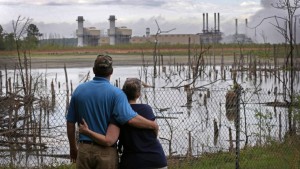 In a North Carolina courtroom, Thursday, Duke Energy, the country’s largest electricity provider, plead guilty to 9 criminal violations of the federal Clean Water Act.
In a North Carolina courtroom, Thursday, Duke Energy, the country’s largest electricity provider, plead guilty to 9 criminal violations of the federal Clean Water Act.
According ABC News, “as part of a negotiated settlement with federal prosecutors, Duke agreed to pay $68 million in fines and $34 million on environmental projects and land conservation that will benefit rivers and wetlands in North Carolina and Virginia.”
Prior to the settlement, Duke spokeswoman Erin Culbert told The Associated Press that any homeowner who gets a state letter warning of a tainted well will get safe bottled water from Duke, if they request it. While denying responsibly for the problem, Culbert said Duke simply wants to provide the homeowners “peace of mind.”
RainBank has questioned the safety of our water supplies with the news about Toledo’s water supply affected by a toxic algae bloom – disturbing over one half million customers, and a coal spill in the West Virginia River that contaminated drinking water. The Keystone XL pipeline poses a potential threat of contamination to the Ogallala Aquifer in Nebraska. Additionally, it’s being discovered that wells are being contaminated with fracking chemicals.
We can see contamination events are happening more often, which affect our safe water supplies – and provide another good reason to support decentralized water and rainwater collection.

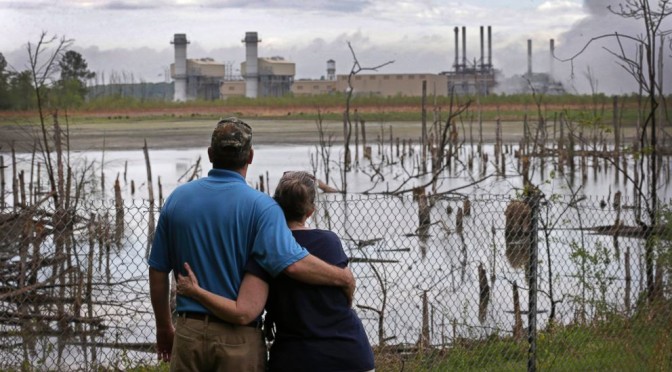
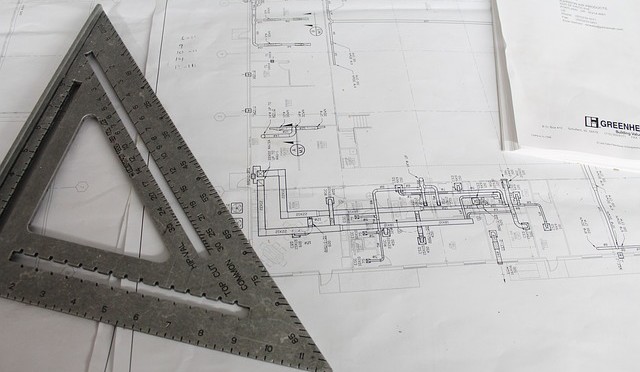
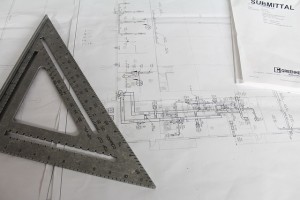 RainBank Rainwater Systems is proud to announce that, beginning June 1st, we will be a dealer of WISY Products and the 4 step system. A rainwater system designed with WISY products requires minimal maintenance and never needs replacing.
RainBank Rainwater Systems is proud to announce that, beginning June 1st, we will be a dealer of WISY Products and the 4 step system. A rainwater system designed with WISY products requires minimal maintenance and never needs replacing.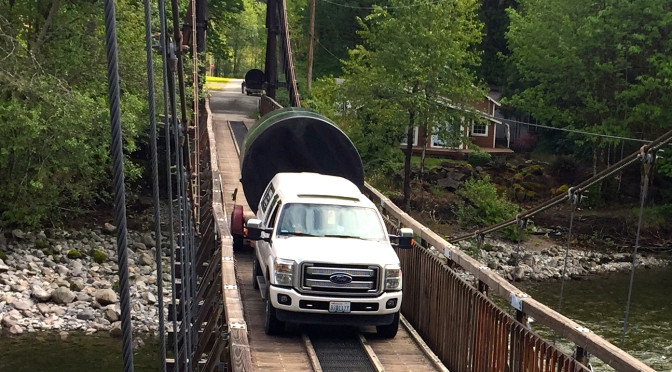
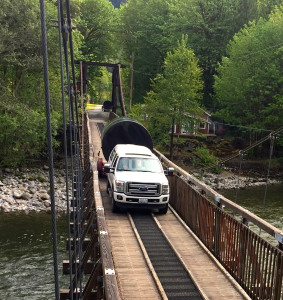 RainBank Rainwater Systems was contracted to install a 10,000 gallon, sole source, potable rainwater catchment system in Baring WA, just east of Index. The system was designed by Chris Webb, PE of
RainBank Rainwater Systems was contracted to install a 10,000 gallon, sole source, potable rainwater catchment system in Baring WA, just east of Index. The system was designed by Chris Webb, PE of 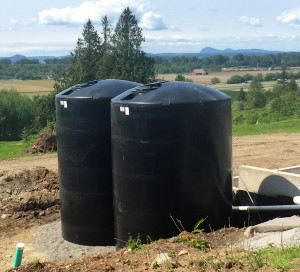 RainBank Rainwater Systems has recently begun construction of another 10,000 gallon, sole source, potable rainwater collection system in the Skagit River Basin, which has been affected by the in stream flow rates, along with a well drilling moratorium. The system was also designed by Chris Webb and Herrera Environmental Consultants for a single family dwelling. Again, the system will provide whole house potable water as the only source of water. The house is 3500 square feet, so 33.2″ annual rainfall will meet the daily demand for 95% of the days in this model with no change in use. The reality is, that the occupants would decrease usage during times of drought and therefore the 2 – 5,000 gallon cistern volume is considered capable of supplying 100% of domestic use.
RainBank Rainwater Systems has recently begun construction of another 10,000 gallon, sole source, potable rainwater collection system in the Skagit River Basin, which has been affected by the in stream flow rates, along with a well drilling moratorium. The system was also designed by Chris Webb and Herrera Environmental Consultants for a single family dwelling. Again, the system will provide whole house potable water as the only source of water. The house is 3500 square feet, so 33.2″ annual rainfall will meet the daily demand for 95% of the days in this model with no change in use. The reality is, that the occupants would decrease usage during times of drought and therefore the 2 – 5,000 gallon cistern volume is considered capable of supplying 100% of domestic use.